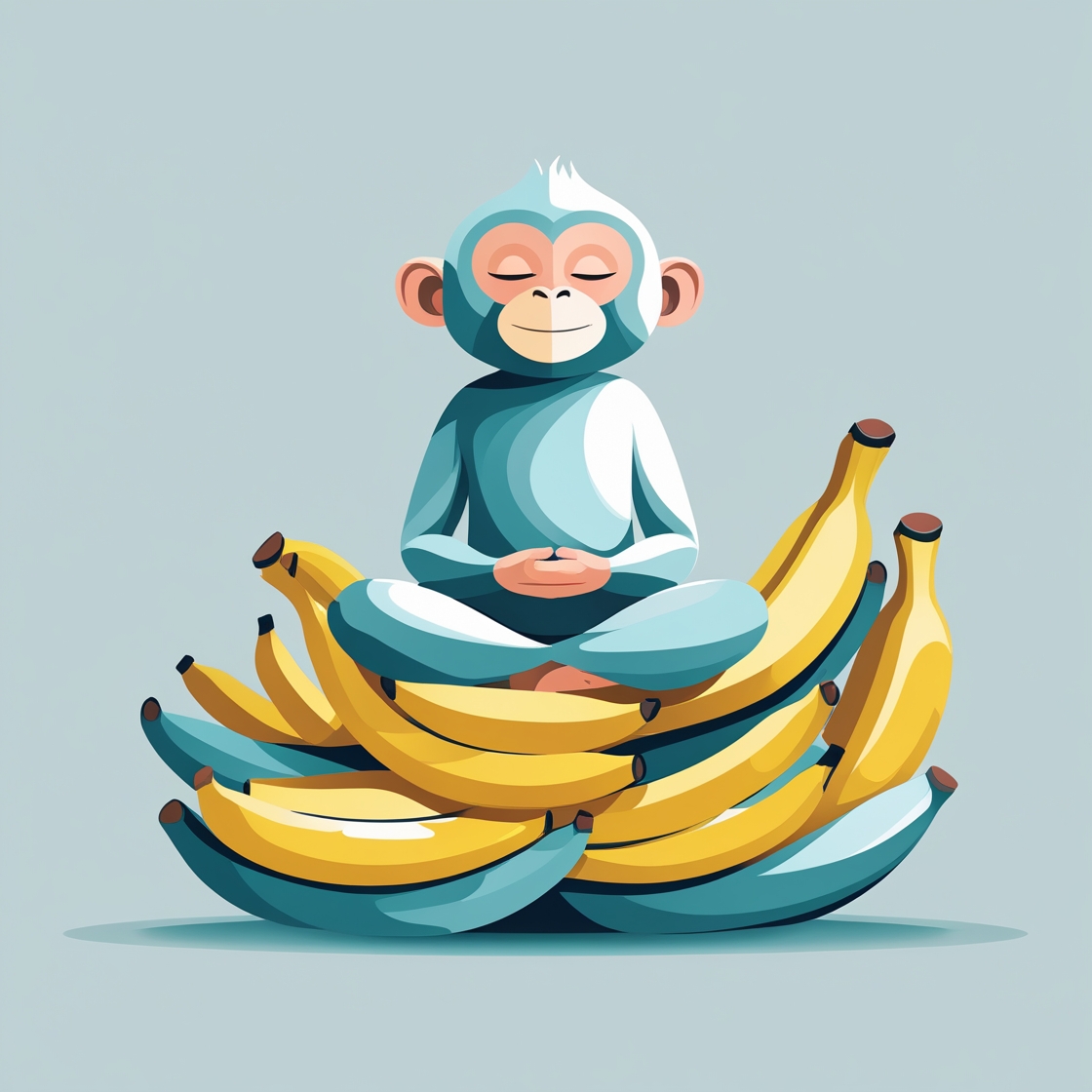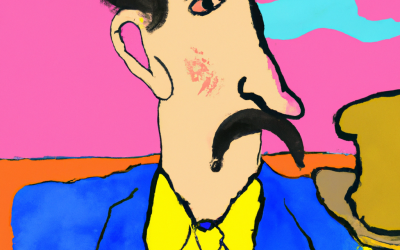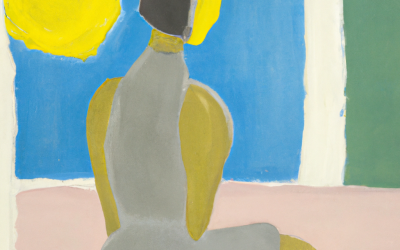So, you’re meditating regularly. You’ve got the cushion, the incense, the shrine (which may or may not include a small ceramic frog), and a Spotify playlist called “Mystical Mind Soup.” You’re doing everything right—but somehow, your mind keeps sliding into something that feels suspiciously like zoning out. You’re not exactly asleep, but you’re definitely not radiating cosmic wisdom either.
Welcome to the delightfully vague and slippery terrain of subtle dullness in meditation.
Let’s explore what this is, why it’s not the promised land of samadhi, and how to gently shake yourself out of it—without resorting to espresso shots mid-sit.
What Is Subtle Dullness, Exactly?
Imagine you’re meditating, and everything seems… fine. Peaceful. Maybe even a little floaty. But underneath that tranquility, there’s a murky undertow—a lack of clarity, sharpness, or presence. You’re calm, yes, but kind of like a plant that’s been left in a dark closet for too long: still technically alive, but not exactly thriving.
This is subtle dullness.
Unlike gross dullness (a.k.a. nodding off and waking up with your head in your lap), subtle dullness is sneakier. It mimics stillness and quietude, but without the clarity or precision that actual meditative absorption brings. It’s like sipping warm herbal tea while someone slowly turns the lights down in your mind.
How to Tell You’re in the Subtle Dullness Zone
Let’s be honest, most of us aren’t sitting in meditation going, “Wow, I’m so subtly dull right now!” So here are a few warning signs:
-
You feel peaceful, but kind of… vague.
-
Your mind isn’t chasing thoughts, but it also isn’t vividly aware.
-
You lose track of time, but not in an expansive, cosmic way—more like in a “wait, did I just nap with my eyes open?” way.
-
Your posture starts to melt, like your spine’s giving up on the whole enlightenment thing.
Sound familiar? Good news: it’s super common. Bad news: it’s also a very effective way to stall progress.
Why Subtle Dullness Happens (Even to Fancy Meditators)
-
Too Relaxed, Not Enough Alertness:
You’re focusing on being calm, which is great, but maybe you left your awareness on the kitchen counter next to the oat milk. -
Lack of Clear Object:
Vague attention leads to vague mind states. If you’re watching your breath but it’s more like “vibing with your breath,” that’s a clue. -
Over-Familiarity:
When your practice gets comfortable, it’s easy to coast. Your mind starts using meditation as a mildly spiritual nap. -
Subtle Energy Imbalances:
If your energy (prana, chi, battery percentage—pick your term) is low, your awareness dims. You didn’t transcend thought; your brain just dimmed the lights.
Tips for Waking Up Without Giving Up
Now, before you start slapping yourself mid-meditation or reaching for your third coffee, try these more refined methods for cutting through the fog:
1. Recommit to Precision
Choose a clear meditation object—breath at the nostrils, a mantra, or even awareness itself—and actually stay with it. Gently. Like you’re holding a bubble, not a kettlebell.
✨ Ask yourself: Is my attention vivid, or just vaguely hanging out?
2. Open Your Eyes Slightly
A half-open gaze (Buddha style) can reduce the “mental blackout” effect. Keep the eyes soft, not laser-focused. You’re meditating, not watching for incoming missiles.
3. Sit Up Like You Mean It
Posture affects awareness. Straighten your spine like you’re trying to impress a wise old monk, or at least your cat. Chin slightly tucked. Shoulders relaxed. Channel your inner bamboo stalk.
4. Ask the Inner Question
Drop a silent question like: “What is this experience?” or “Who is aware?” This lights a little match in the fog. Subtle inquiry can spark presence without effort.
5. Shorter, Sharper Sessions
If long sits lull you into mental soup, try shorter bursts. Ten focused minutes is better than thirty minutes of slow mental death.
6. Balance Calm and Clarity
Meditation isn’t about sedation—it’s about awake stillness. Like a cat watching a mouse hole. Chill, but ready.
Bonus Round: Dullness Disguised as “Peace”
One of subtle dullness’s greatest tricks is dressing up like spiritual progress. It feels nicer than your usual anxious brain-frenzy, so you assume you’re evolving. But real meditative peace is both calm and clear. It’s the difference between lying on a comfy couch staring at a wall, and standing on a mountain in stillness, seeing the world with eagle vision.
When in Doubt, Laugh It Out
Subtle dullness is not a moral failing. You didn’t ruin your karma or offend a meditation god. You’re just a human with a very convincing nervous system. Awareness waxes and wanes. That’s the gig. Recognize the fog, smile at it, and gently adjust the dial toward presence.
No need to panic, or dramatically declare that you’re “bad at meditating.” You’re actually doing great—because you noticed. That’s the first spark of clarity.
Now, go light your mind up like a lighthouse and carry on.


















